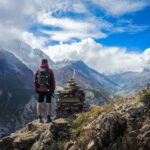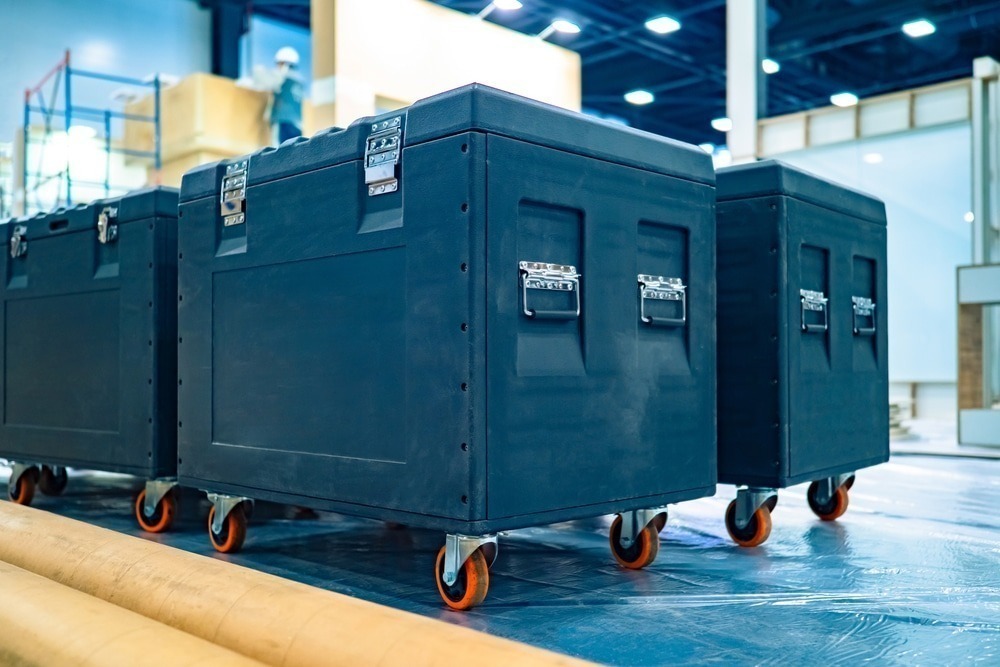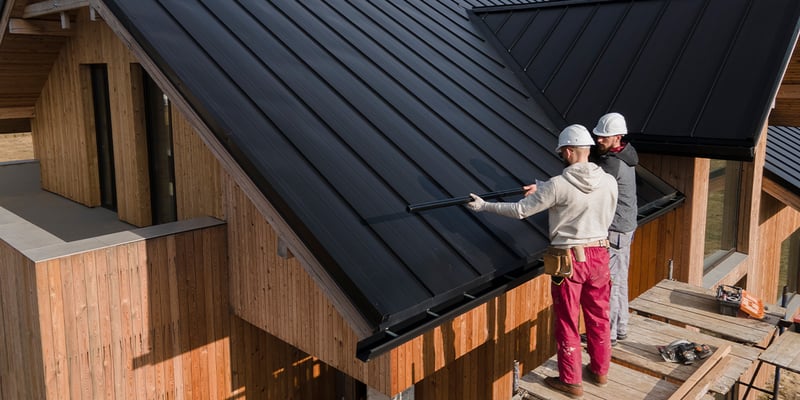Trekking in Nepal offers a remarkable opportunity to explore stunning landscapes and diverse cultures. However, selecting the right time of year is crucial for an enjoyable experience. This article discusses the best times to trek in Nepal by examining seasonal variations and their impact on trekking conditions.
Seasons in Nepal
Nepal experiences four distinct seasons: spring, summer, autumn, and winter. Each season brings unique climate conditions that affect trekking experiences. Understanding these seasonal variations can help trekkers make informed decisions about when to embark on their journey.
Spring Trekking (March to May)
Spring, from March to May, is one of the most popular times for trekking in Nepal. During this season, the weather is generally mild, with temperatures ranging from cool to warm. The blooming rhododendron flowers add vibrant colors to the landscape, enhancing the trekking experience. Advantages of trekking in spring include clear skies and pleasant temperatures, making it suitable for various treks. Popular routes during this season include the Annapurna Circuit, the Mardi Trek and the Ghorepani Poon Hill trek.
Summer Trekking (June to August)
Summer, which lasts from June to August, marks the monsoon season in Nepal. While this time can bring heavy rainfall and cloudy skies, it is important to note that trekking during this period has its challenges. The trails can become muddy, and visibility may be limited. However, for those willing to take on the rain, summer can offer a quieter trekking experience, as fewer tourists are on the trails. Alternative routes, such as Upper Mustang and the Dolpo region, are often drier and more suitable during this season.
Autumn Trekking (September to November)
Autumn, from September to November, is widely regarded as the best time to trek in Nepal. After the monsoon, the weather clears up, providing stunning views of the mountains. Temperatures are generally mild, and trails are in good condition. Advantages of trekking in autumn include stable weather, excellent visibility, and the opportunity to participate in local festivals. Popular treks during this season include the Everest Base Camp trek and the Annapurna Base Camp trek, both of which attract many trekkers.
Winter Trekking (December to February)
Winter in Nepal, from December to February, brings colder temperatures, especially in the higher elevations. While trekking during this season presents challenges such as snow and freezing temperatures, it can also offer a unique experience. Fewer trekkers on the trails mean more solitude and a chance to appreciate the serene beauty of the snowy landscapes. Suitable treks during winter include lower elevation routes like the Poon Hill trek or even the shorter Ghorepani trek, where conditions are more manageable.
Regional Variations
It is important to consider regional variations when planning a trek in Nepal. The climate can differ significantly across regions, such as the Annapurna, Everest, and Langtang areas. For instance, the rain shadow effect in Upper Mustang means it can be a viable option during the monsoon season, while the Everest region, particularly during the winter months, may experience harsher weather conditions. A popular route in this region is the Everest Cho La Pass trek, which presents its own challenges due to altitude and weather changes. Understanding these regional differences allows trekkers to select their routes more effectively, ensuring a safer and more enjoyable experience regardless of the season.
Conclusion
In summary, the best time to trek in Nepal depends on personal preferences and specific trekking routes. Spring and autumn are generally favored for their pleasant weather and beautiful scenery. However, summer and winter offer unique experiences for those who seek them. By considering seasonal factors and regional variations, trekkers can plan an enjoyable adventure that aligns with their interests and abilities. Whether you choose to trek in the vibrant spring or the serene winter, Nepal’s breathtaking landscapes await you.
4o mini






